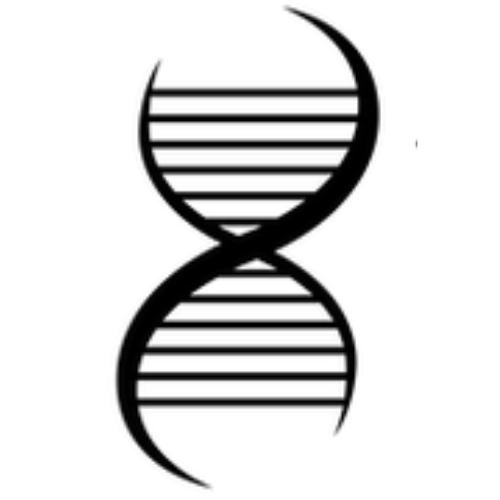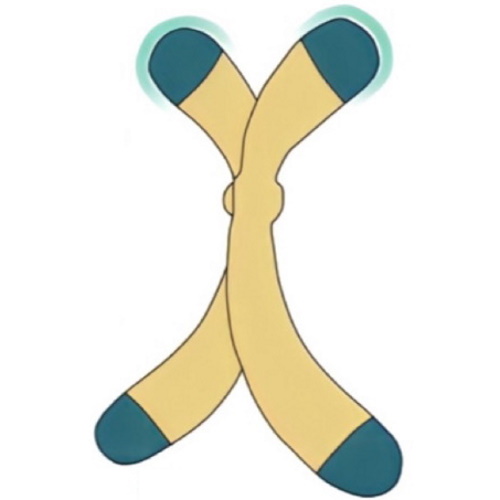Key points from article :
BioViva's patent pending CMV vector delivered genes that increased life spans over 41% in a mouse model.
Two gene therapies were evaluated: telomerase reverse transcriptase and follistatin.
Median lifespans in the treated mice were respectively lengthened by 41.4% and 32.5%.
Treatment did not begin until the mice were 18 months old, equivalent to 56 human years.
Therapies also mitigated age-related hair loss, improved blood glucose tolerance, improved physical coordination, reduced sarcopenia, and reversed signs of mitochondrial dysfunction.
CMV has low immunogenicity and can be engineered to carry multiple genes.
Telomerase group did not show an increased risk of cancer.
Intranasal administration was just as effective as injection.
CMV can deliver genes into the nucleus - an ability that current non-viral delivery systems lack.
"The proprietary delivery method ... lets us target complex aging associated non-communicable diseases ...at the level of the cell" - Elizabeth Parrish, CEO of BioViva.
Research by Rutgers New Jersey Medical School (led by Hua Zhu, Liz Parrish and George Church) published in the Proceedings of the National Academy of Science (PNAS).








